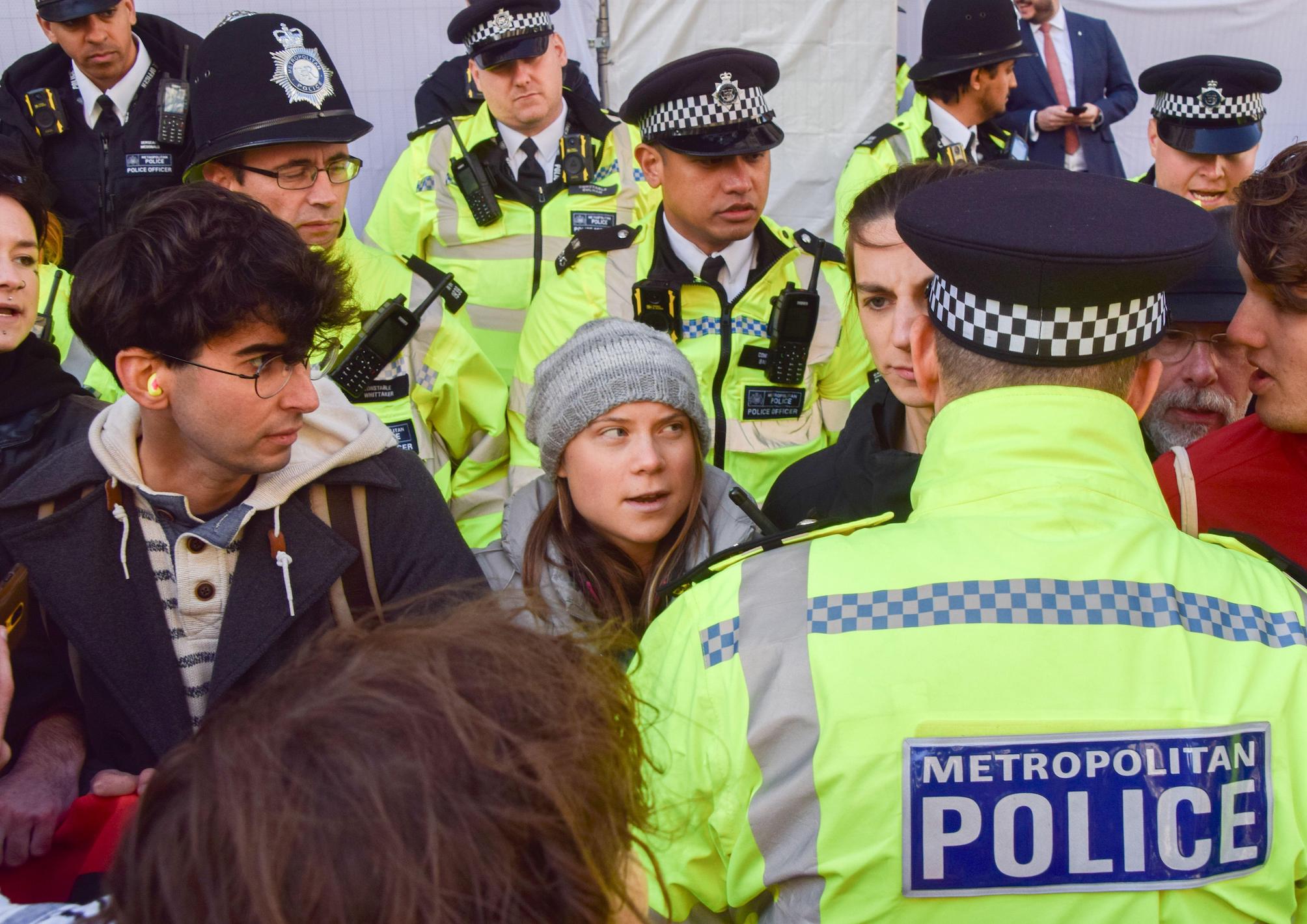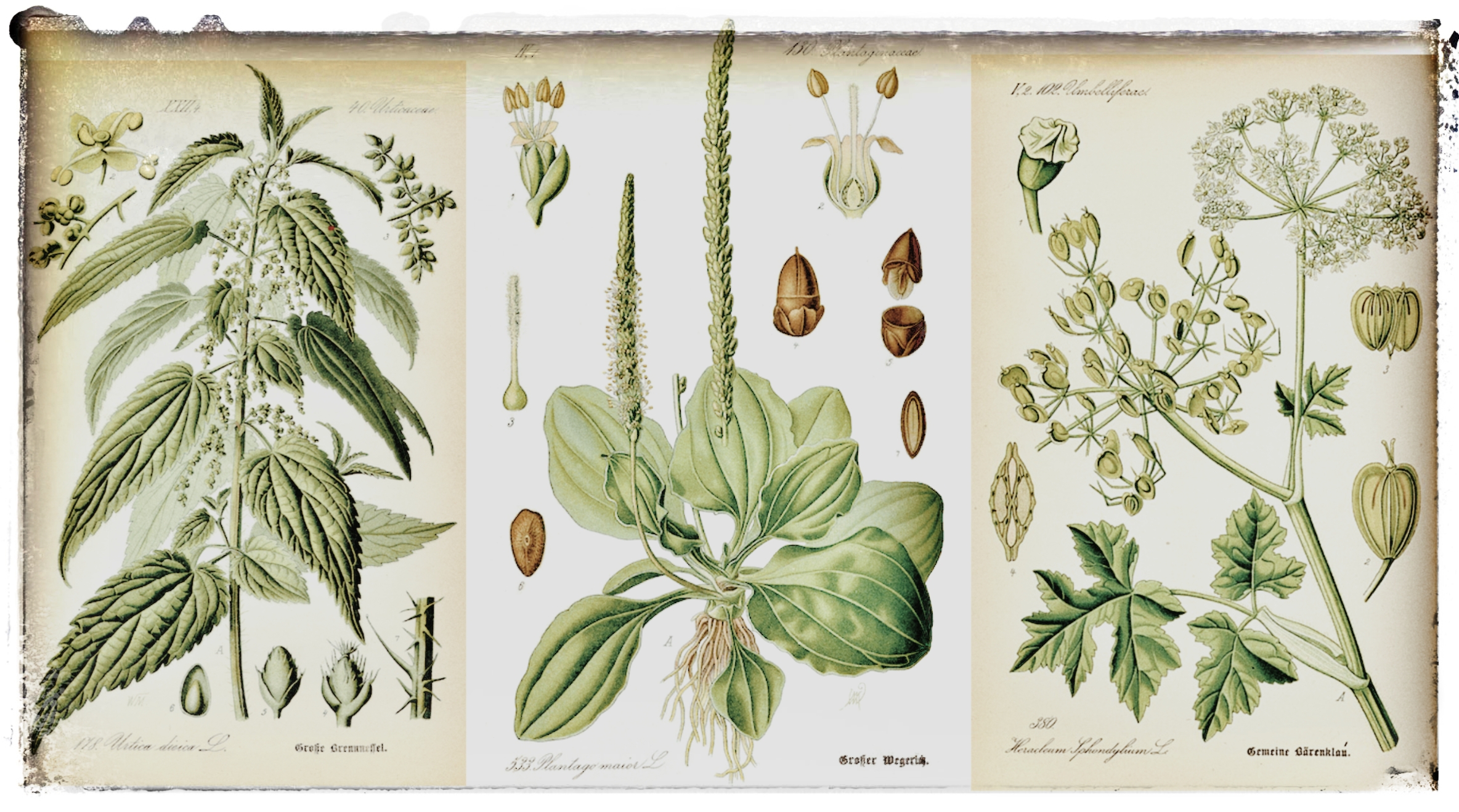Sustainable and traditional, or global? Greenland's Inuit claim the right to choose their future
Centuries of Danish and Canadian colonialism and a sweeping European ban on seal products have left Inuit societies reeling. Now, some are working to reclaim a pride of place for their culture - and to invite the world to experience it first-hand.
Scandinavian countries are often held up as examples of societies that do things right. Despite the scant hours of daylight in the winter, people are happy – Finland has been ranked the world’s happiest country for six years running, with Denmark coming in second for the second year in a row. Egalitarian values, high wages, affordable childcare, a strong social welfare net, hygge, cosy knitwear – what’s not to like?
But Denmark, in particular, has a colonial past that many outside of Scandinavia may not be aware of. From the 17th century, Danish colonies were established in the Caribbean, Southern India and West Africa, as well as closer to home, in Iceland, the Faroe Islands, and Greenland.The latter was colonised by the Danes when missionary Hans Egede landed in Greenland in 1721. He forced Christianity on the population, and by 1776, Danish authorities took charge of all trade to and from Greenland. Although Greenland was recognised as an autonomous country by the UN in 1954, Danish control continued. Like many colonial powers, Denmark was careful to spin its activities as benevolent, intended to improve the lives of the Greenlandic Inuit.
In the Fifties and Sixties, Denmark set about modernising Greenland, in a period often referred to as ‘danisation’. Despite being nine times bigger than the UK, Greenland is sparsely populated (as of January 2024 it had just over 56,000 inhabitants) with the settlements all scattered around the coastline. Before Denmark’s overhaul of the fishing industry, hunting and fishing were more for subsistence than economic gain. But to make money, a different kind of society was needed. Danes descended on the island to work and set up businesses, and were often paid more than Greenlanders. Nuuk, now the capital, and other towns were modernised with big, industrial buildings, and Inuit felt forced to relocate to find work as their lives were disrupted.
The process took a severe toll. Greenland also has one of the world’s highest suicide rates, and one study on alcohol abuse in Greenland stated that “studies among indigenous peoples in Alaska, Canada, and Greenland have all indicated a link between the colonial legacy of cultural loss, historical oppression, loss of language and substance misuse, sexual abuse.” Today, Greenland is still an autonomous territory within the Kingdom of Denmark, but is moving towards total independence continue – a draft constitution was drawn up in 2023, and full independence could be achieved by way of a referendum.
Reclaiming Inuit identity
Today, as the trauma caused by colonialism is spoken about more openly, there’s a movement among some Inuit to reclaim that lost culture. One woman on this journey is Aaju Peter. Peter, 62, is a Greenland-born lawyer, a maker of sealskin clothing and a former tour guide. She is the subject of Twice Colonized, the new film by Danish producer Lin Alluna. IAt the start of the film, Peter has a ready retort for a friend who comments on her “Western and urban” appearance.
“You want to see me as a pure Inuk, 300 years ago, without a Starbucks? That’s so colonial.”
The friend nods, and concedes that he has absorbed colonial tropes about what Inuit should look like and how they should behave.
“We want to be part of the industrialised modern world,” adds Peter, “but we want it from our perspective.”
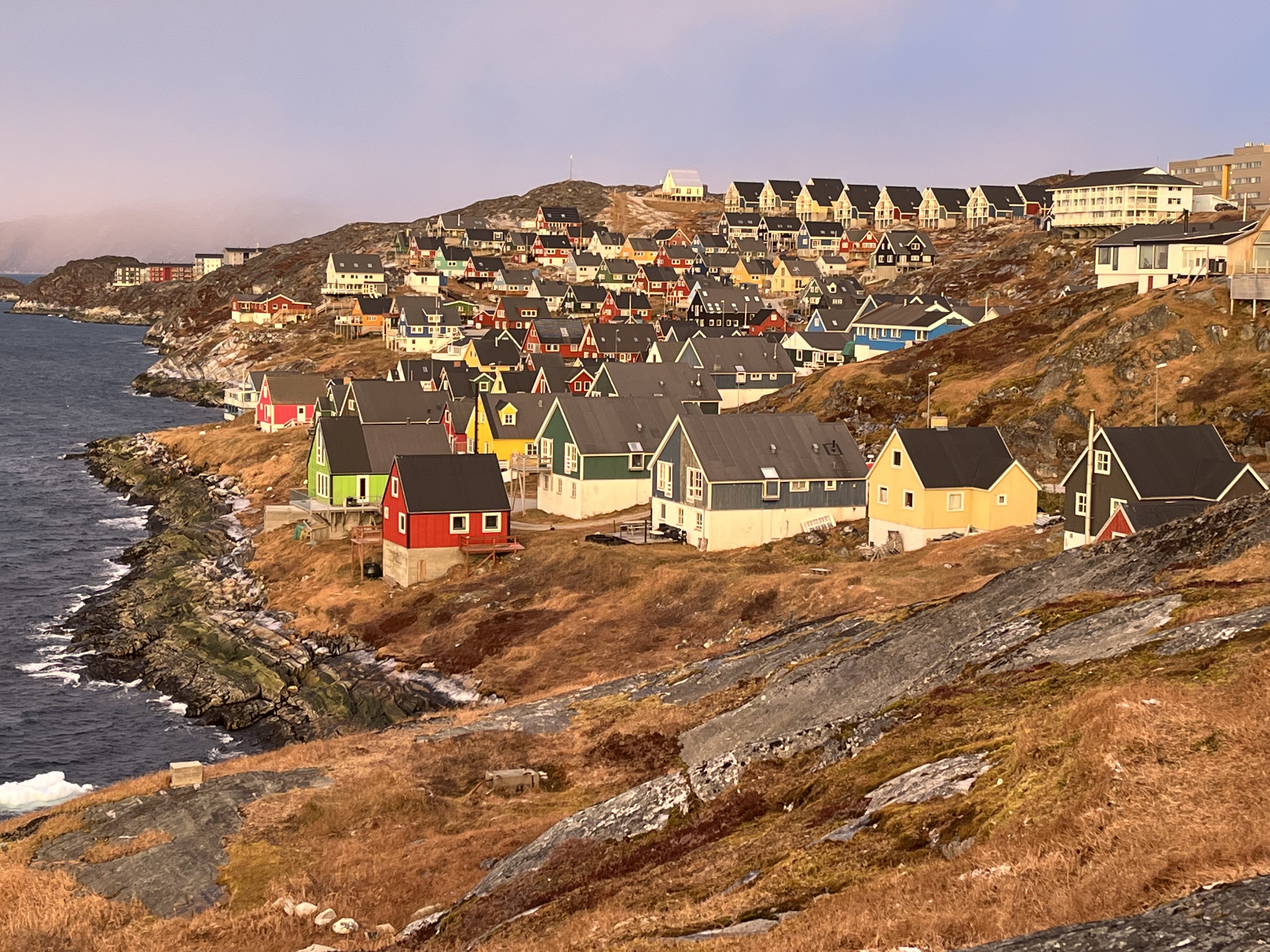
Peter was sent to school in Denmark, then moved to Nunavut in the Canadian Arctic as an adult where she again felt the effects of colonisation, this time by Canada. She feels there’s a lack of education in countries responsible for colonisation – a conversation that has been playing out in the public sphere in the UK, too. Efforts to decolonise education include the addition of material on the British Empire into the curriculum and a better understanding of the racist and imperialist notions underpinning colonisation. (The Conservative Party hasn’t been supportive of these plans, though, with the former schools minister saying it was unnecessary.)
"Opening up Greenland makes it more accessible, it draws it closer to the global economy. But on the other side, it’s feeding socio-ecological challenges at a very fast pace."
“When Lin met me seven years ago in Copenhagen, and when I told her my story, she was totally flabbergasted,” Peter remembers. “A young Danish woman who went to school in Denmark, had never heard anything about Denmark being a coloniser, forced assimilation, loss of language – the list goes on. The Danes tried very eloquently to try not to admit that they were colonisers and that the Greenlanders didn't get a choice in becoming part of the Danish kingdom.”
Twice Colonized was released at an opportune time, as interest in Greenland as a destination is increasing: according to official statistics, 2022 was the country’s best year ever for tourism, with a 30% increase in visitors from overseas. The UK in particular seems to be Greenland-mad, with a 101% increase in visitors from Great Britain. It appears that Peter’s wish for Inuit, at least in Greenland, to be part of the modern, global world is coming true.
A double-edged sword
“There have been a lot of activities happening around marketing Greenland, around developing destinations and products and also developing infrastructure,” says Professor Carina Ren, an expert in Arctic tourism at Denmark’s Aalborg University. As the notion of Greenlandic independence becomes a realistic prospect, various Greenlandic industries are looking to grow, with the prime minister himself citing tourism as a growth opportunity.
“On the plus-side, opening up Greenland makes it more accessible, it draws it closer to the global economy and provides new opportunities for people in Greenland. But on the other side, it’s feeding socio-ecological challenges at a very fast pace. The Arctic is warming four times faster than everywhere else. Why would you go to Greenland when actually, when you go there you accelerate climate changes? That's a question I get a lot.” The melting sea ice in Greenland was a grave concern to locals, a 2019 survey found, especially those still living a subsistence lifestyle. Sea ice was more dangerous to travel across, they said, affecting their hunts. Conversely, melting ice is also exposing valuable minerals, with mining companies eyeing up Greenland’s emerging land in what could be a boon for the economy, but not the natural environment.
Chatting with tour guide Laura on a boat out to Qoornoq, a former fishing village in the Nuuk Fjord that’s now a summer destination for residents of Greenland’s capital, Nuuk, it seems the modernisation in Greenland is a double-edged sword. While some young people are attracted by the opportunities on offer in the city, others from more remote areas feel left behind, she says. With a lack of infrastructure in the smaller villages, some feel compelled to move to Nuuk for alternative employment but struggle to adjust to a more modern way of life. Nuuk now holds 20,000 residents - over a third of the country’s population. The rest of the population lives mainly in other towns like Ilulissat, Qaqortoq and Sisimiut, where populations range from 6000-10,000. The people living outside municipalities have declined from over 500 in the Eighties, to just 63 in 2023.
“The way that Europeans in big cities and New Yorkers live, you don't see the sunrise, you don't see the sunset, you don't see where your food comes from,” says Peter. “It's like we are all living like rats or mice in a big laboratory.”
Certainly, the tranquillity found in Greenland Western European towns and cities. Just 150 miles from the Arctic Circle, Nuuk is far north enough that the light seems more powerful and golden than it does at European latitudes. Even when the sky is grey, sunlight bathes the buildings and mountaintops in a rich amber glow. at first glance, Nuuk is far from the kind of insatiable metropolises that consume entire countrysides in heavily industrialised nations: along the coastal path around the edge of fo the city, the only sounds are the sea and your own footsteps. But for Inuit who grew up in the remote villages, it can still be too much.
“The leaders thought, ‘it is going to be better for Indigenous people if we run their lives and we make decisions’,” says Peter. “If we all congregate [in larger towns], they can have employees in Greenland for the fishing industry and work in the factories. Then you have a labour force where they have to lead a completely different kind of life. It was a cultural genocide that happened in Greenland, and in the Canadian Arctic.”
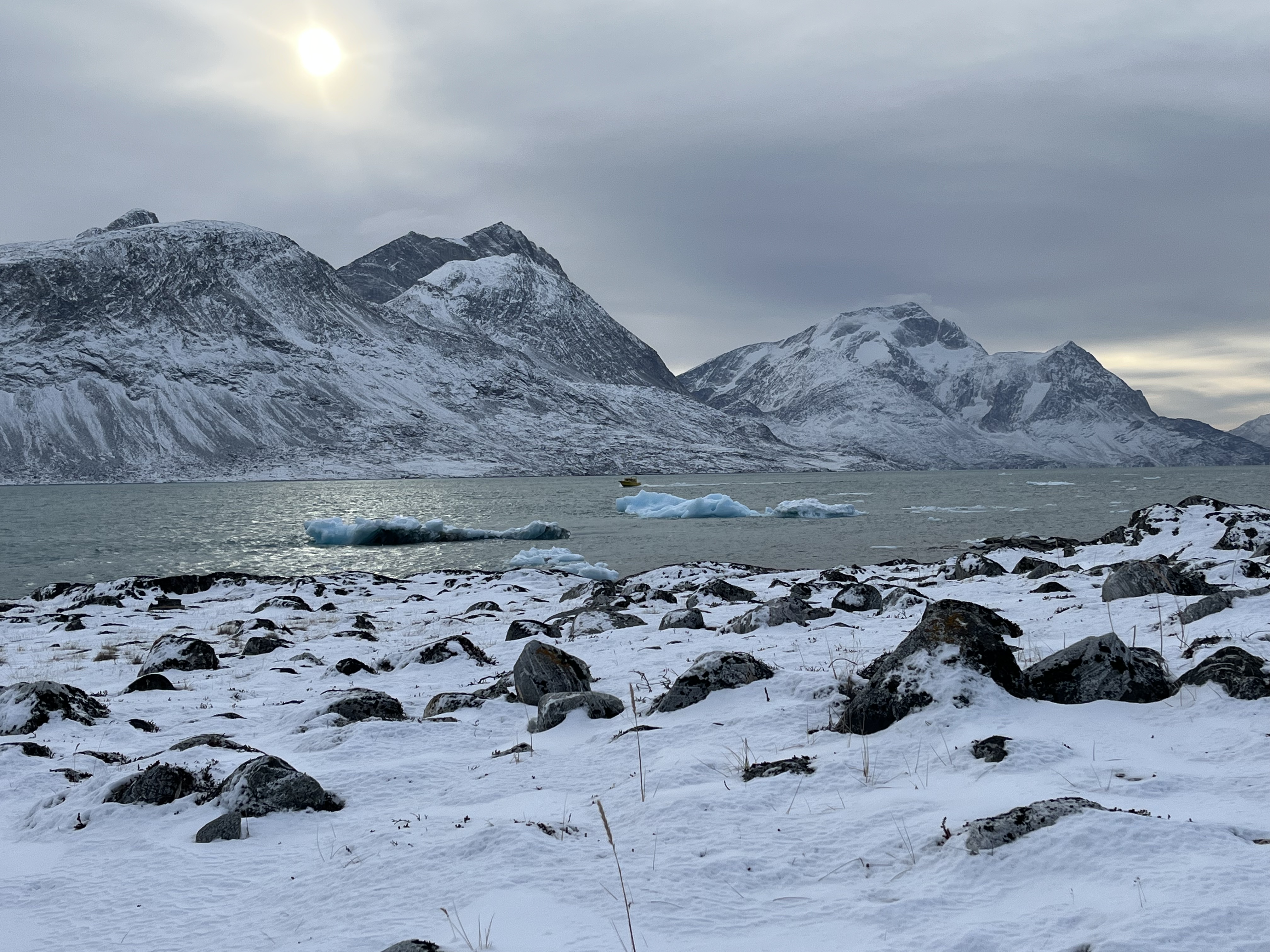
The Canadian Inuit suffered similarly to Greenlanders. In 1939 the Canadian government decided Inuit were a federal concern, and decades of forced assimilation through residential schools – where Indigenous children were routinely abused – began. Thousands of sled dogs were slaughtered by police, and the government coerced nearly 100 Inuit families into relocating to inhospitable High Arctic islands much further north, in a bid to “return them to traditional lifestyles” and avoid giving them social support. There was a big problem with that plan – the abundant wildlife the government promised they could live off in the High Arctic didn’t exist.
The cultural genocide Peter refers to is manifold. In Greenland, around 1500 Indigenous children – like Peter – were sent to study in Denmark, a common practice until the late Seventies, when Greenland was granted autonomous rule. In one particularly harrowing case, 22 Inuk children were taken from their families in 1951 and placed with Danish foster families in a ‘social experiment’. They were forbidden from speaking Kalaallisut (the main language of Greenland), in order to assimilate into the Danish way of life. The Danish government paid the surviving six DKK 250,000 (£28,661) in compensation in 2022 – the other 16 have all died, one by suicide. Also in 2022, a group of Greenlandic women spoke out about having been forcibly given intrauterine devices by Danish doctors in the 1970s, to limit procreation among Inuit. Another, perhaps lesser-known piece of the puzzle, is the local reverberations of a policy that undoubtedly had conservation and environmentalism at its heart - the EU’s 2009 ban on the import of seal products.
“That legislation in 2009 totally destroyed our economy,” says Peter. “Inuit and sealers and people who live off nature are made to feel so ashamed. Politicians were only listening to animal rights activists, but the thinking was that the rights of Inuit to food security was worthless.” A backlash against seal hunting began decades earlier, popularised by actress Brigitte Bardot in Canada in 1977. The then-European Economic Community banned the import of harp seal pup furs in 1983, with the full ban following in 2009. The laws came in response to concerns over animal welfare and seal populations, as well as misinformation (Inuit hunt only adult seals, not the cute, fluffy pups, and they’re killed with a rifle or harpoon rather than clubbing). Greenpeace Canada has since apologised to the Inuit for conflating commercial sealing with subsistence hunting.
In an early sequence in Twice Colonized, Peter is seen in 2009, at the European Parliament in Strasbourg. She’s there with three other activists to try to persuade MEPs to vote against the seal product ban. She’s then seen making a speech at the Arctic Circle conference in Greenland in 2016. “You [non-Indigenous people] have people who are skilled, have jobs that can be filled,” she says. “But we [Inuit] have the highest rates of suicide, highest rates of unemployment… My son doesn’t have those same choices. In order for our hunters to provide for communities and families, we are totally dependent on hunters catching the seal.”
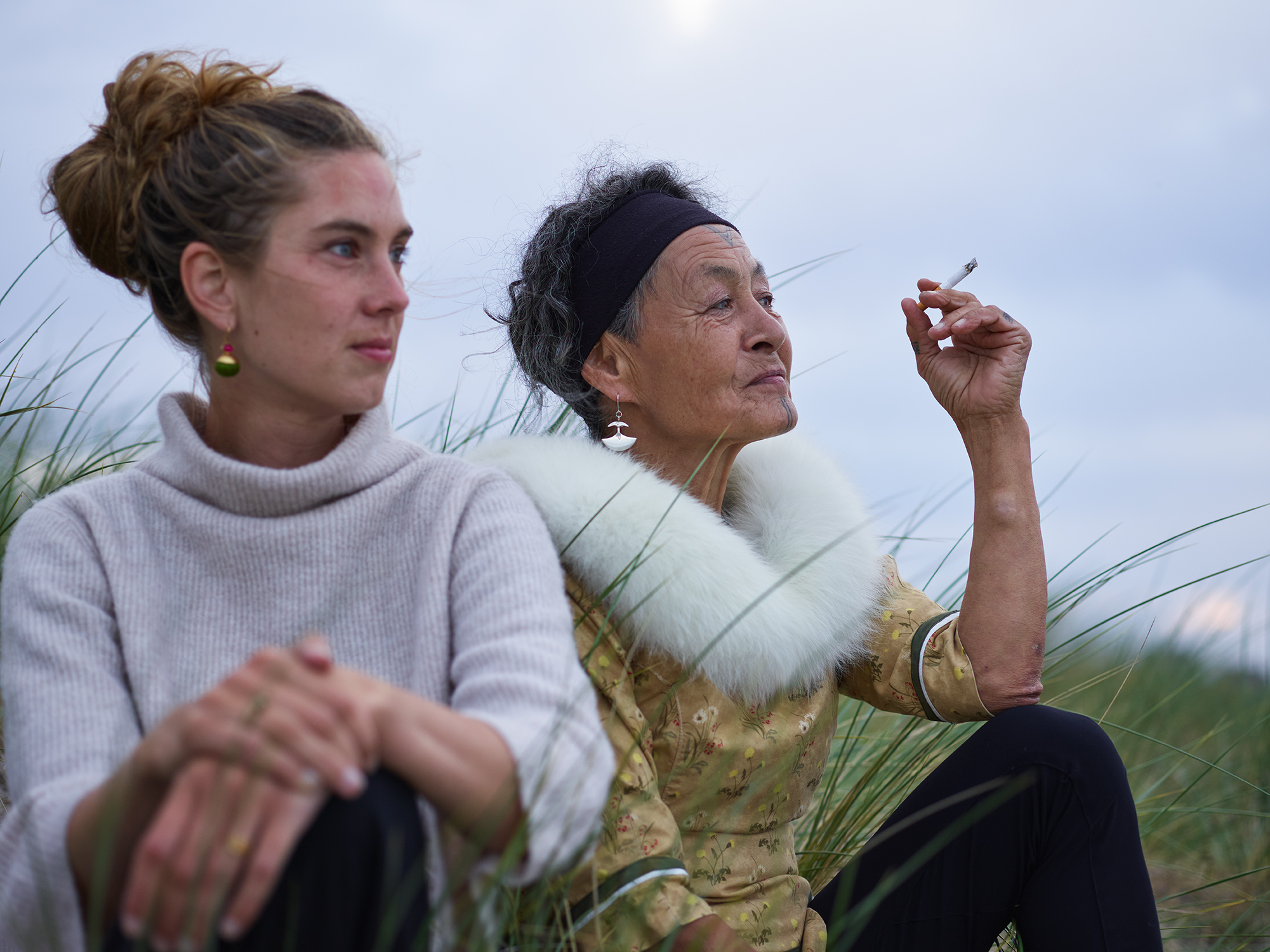
The EU legislation includes an exception for seals hunted by Inuit using traditional methods, but Peter says that, in reality, that makes little difference as the reputational damage means sealskins and meat don’t fetch the prices they used to before the ban.
A 'great future' in tourism
So, can the increasing interest in Arctic tourism fill the economic void? “I have worked on cruise ships in Canada,” Peter says. “I really liked the small-scale ones of 100 to 200 passengers.” She says that a tourism strategy including and employing Inuit in roles that keep traditional culture alive would be beneficial, as well as practical training on things like making souvenirs, or providing first aid.
“We’re not exploding and digging into the land, we’re not destroying it. The younger generation and the one that follows could really benefit from tourism."
Peter’s vision for tourism is, encouragingly, already playing out in Greenland. Visit Greenland, the national tourist board, launched its pledge for sustainable tourism last year, a voluntary scheme that Greenlandic tourism businesses can sign up to. The Inuit spirit Sassuma Arnaa, the Mother of the Sea, inspired the pledge – legend says that if an Inuk breaks a societal taboo, the Mother’s hair entangles all animals, preventing hunters from catching any food. To restore harmony, the Inuk must visit the Mother and release the animals, and make amends for their transgression.
The idea of respecting the environment and society, and keeping the natural world clean, underpins the pledge, and local tourism companies are encouraged to collaborate on sustainability plans. At the time of writing, over 70 Greenlandic tourism businesses, including hotels, tour operators and Greenland’s national airline, had signed up. The pledge came about at a tourism conference in Nuuk in April 2023, with much of Greenland’s tourism industry in attendance. Visit Greenland representatives have since presented the scheme at bigger Nordic tourism events to make the rest of the region aware. Now, the plan is to get a comprehensive economic picture.
“We will focus our research this year on the economic gain of cruises and tourism in general,” says Helene Stefferson, head of destination development at Visit Greenland. “How much do we earn from it? How much do tourists spend? We want to collect data on that. Some tour operators also have cultural heritage projects too, like dog sledding and telling traditional hunting stories.”
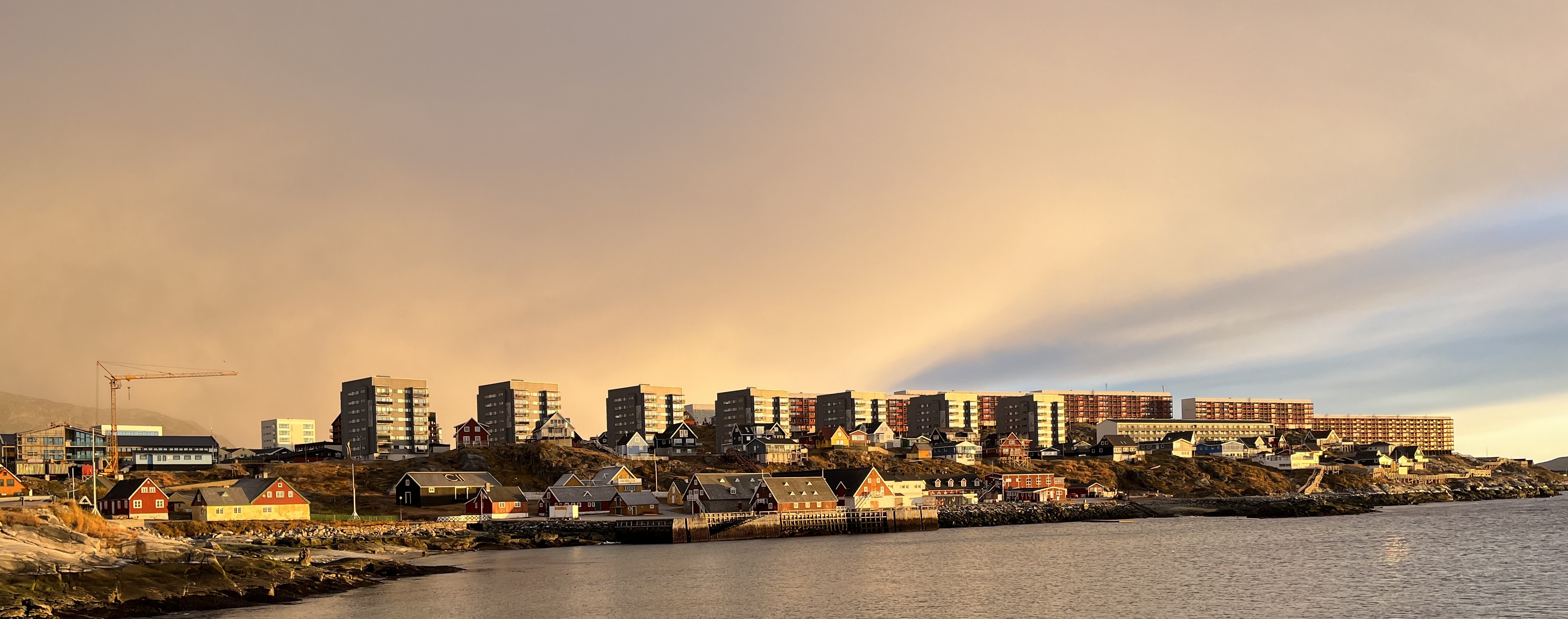
In South Greenland, local families can earn money simply by having tourists over for coffee and cake. “Some local operators here offer something called kaffemik, which is where you go into a local person's home, nothing is staged, it's all just exactly as they would normally have their home set up. They give coffee and cake, and it’s like a question and answer session. The travellers have so many questions, and they get to talk to the locals, see their homes and look at the family pictures. It’s a very close, authentic experience,” says Sarah Woodall, destination manager at Innovation South Greenland.
She adds that many international cruise operators work with Greenlandic tourism bodies to plan land itineraries using only Greenlandic tour operators, rather than bringing over foreign staff. “Most cruise ships have pretty high training and safety requirements, and if our local operators don’t have that, they can get the competency training through international operators, which is great, because it boosts them as well,” Woodall says.
“I’d like to see that cooperation between the ships and the community in the Canadian Arctic,” says Peter. “We have a whole bunch of land, and a lot of culture. The Inuit are the kindest people, we maintain that level of humility and respect. I think we could really have a great future in tourism.
“We’re not exploding and digging into the land, we’re not destroying it. The younger generation and the one that follows could really benefit from tourism. The forced assimilation and cultural genocide that happened – we need to restore things and make a better future for Inuit.”
The Lead is now on Substack.
Become a Member, and get our most groundbreaking content first. Become a Founder, and join the newsroom’s internal conversation - meet the writers, the editors and more.



